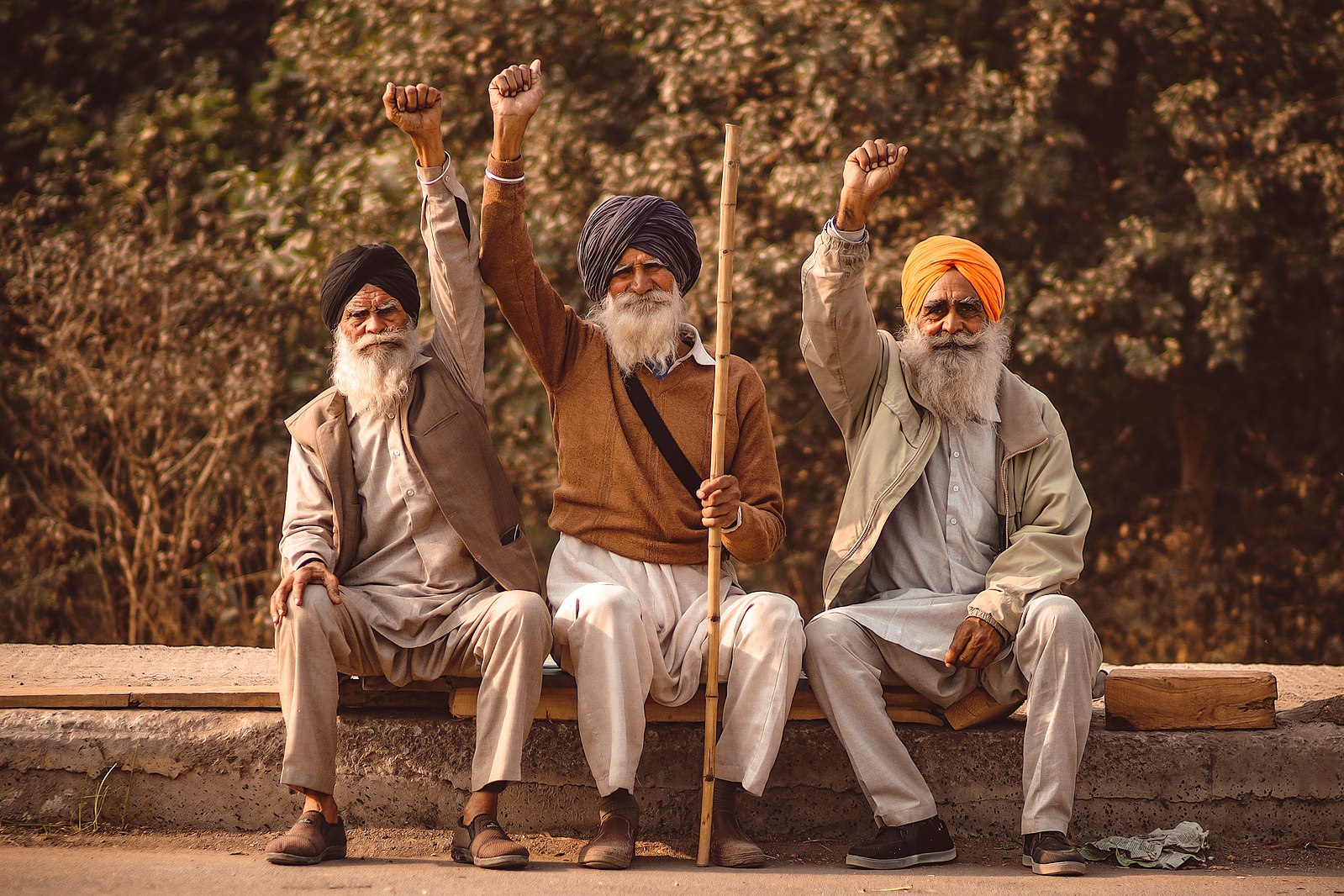
Amnesty International released a statement Feb. 14 decrying the Indian government’s disproportionate restrictions on the right to peaceful protest instated to quell the “Dilli Chalo” (on to Delhi) farmers protest. In response to farmers’ cross-country mobilization to protest agricultural policies, Indian authorities imposed limitations on group gatherings, erected barricades along the route of the march, and used tear-gas and rubber bullets against the farmers.
Over 200 farmers’ unions participated in the march on New Delhi from northern Indian states including Punjab, Uttar Pradesh and Haryana. The protests began after the government failed to deliver on promises made in 2021 to guarantee the price of crops (“minimum support pricing”). The protesters are also demanding secure pensions, debt waivers, and penalties on the sale of counterfeit or adulturated agricultural inputs such as pesticides.
In response to the protest, the central government invoked section 144 of the Indian Criminal Procedure Code to ban public gatherings and set up blockades and checkpoints to bar protesters from entering New Delhi. The section empowers a magistrate to issue an injunction when deemed necessary to maintaining public safety and order.
Amnesty International condemned the government’s responses, with Aakar Patel, chair of board at Amnesty International India, saying:
The “Dilli Chalo” march has been met with a crackdown by the authorities which runs counter to the government’s obligations not to restrict peaceful assemblies unnecessarily or disproportionately… Amnesty International urges the Indian authorities to stop crushing peaceful dissent and remove all the unnecessary restrictions that hinder peaceful protests in the country, including blanket bans, internet shutdowns preventing the circulation of timely information, as well as the unlawful use of force by law enforcement officials.
Amnesty particularly criticized the use of tear-gas deployed via drone against protesters on the outskirts of Delhi. Local media reported that the police fired around 4,500 tear-gas grenades within six hours to disperse the protesters on Feb. 13. Patel condemned the use of excessive force, stating that law enforcement should consider tear-gas as a “last resort” and deploy it only after conducting a careful risk assessment, issuing a verbal warning, and providing an opportunity for participants to disperse.
The new farmers’ mobilization follows a previous year-long protest campaign that began in November 2020. Despite the prevalence of COVID-19 at the time, thousands camped at the borders of Delhi to oppose a now-scrapped agricultural reform law. The strikes were called off after the government agreed to the demands of the farmers and repealed the reform, which would have scrapped minimum support pricing.
From Jurist, Feb. 14. Used with permission.
Note: Reuters reports that farmers responded to the drone assault with a “homemade arsenal,” flying kites to ensnare the aerial vehicles, and using sling-shots and flare-guns against them. Reuters reported Feb. 16 that the farmers have “paused” the protest march in response to a government offer of talks.
Photo: Ravan Khosa via Wikimedia Commons





Police again unleash tear-gas on Indian farmers
Police fired tear gas to scatter protesting farmers as they resumed a march to the capital, equipped with cranes and excavators, after talks with the government on guaranteed prices for their produce failed to break a deadlock. A death was reported along the protest march in Punjab, although the police are denying responsibility. (Reuters, BBC News)